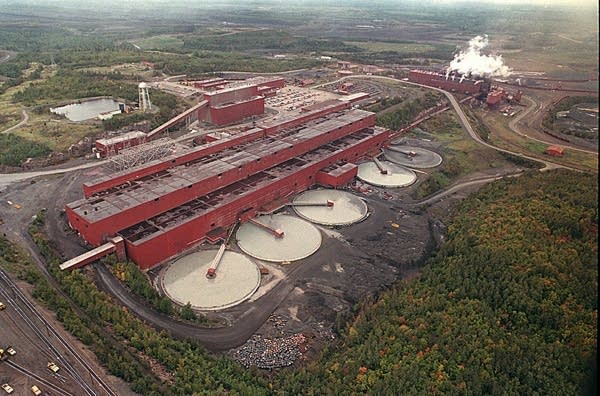Mining, water, carbon top Minnesota's environmental agenda

Go Deeper.
Create an account or log in to save stories.
Like this?
Thanks for liking this story! We have added it to a list of your favorite stories.
Major decisions on copper-nickel mining, a water quality summit and a push to reduce carbon emissions by Minnesota's utilities will be among the top issues on Minnesota's environmental agenda for 2016. Some of the debate will be very public, while much of the work on issues such as oil pipelines and wild rice will take place behind the scenes, within state agencies that will be conducting environmental reviews and developing regulations. Here's a look ahead:
Polymet
Department of Natural Resources Commissioner Tom Landwehr plans to decide "about February" whether to certify as adequate the final environmental impact statement on the proposed PolyMet copper-nickel mine. He has already said he expects to approve the 3,576-page document. Once he does and federal agencies sign off, PolyMet Mining Corp. plans to quickly start applying for the permits it needs to build Minnesota's first copper-nickel mine. Environmentalists are expected to fight the permits, and the dispute could end up in court. PolyMet says it hopes to start mining in 2018.
Turn Up Your Support
MPR News helps you turn down the noise and build shared understanding. Turn up your support for this public resource and keep trusted journalism accessible to all.
Water quality summit
Gov. Mark Dayton plans to convene a summit in February to address water quality challenges across the state. Participants will include researchers, farmers, lawmakers, regulators, and business and local leaders. When Dayton announced the summit in November, he told farm groups that modern agriculture contributes to the state's critical water quality problems, but urban areas face their own serious water issues.
Clean power plan
Minnesota Pollution Control Agency staffers will hold listening sessions around the state in February on how the state should meet its obligations to cut carbon dioxide emissions from existing power plants under the Obama administration's Clean Power Plan. The agency is required to give the Legislature a status report in March. A bigger deadline comes in September when the MPCA has to give the Environmental Protection Agency an outline of its plan for complying.
Mille Lacs
Lucky ice anglers can keep one walleye of the right size from Mille Lacs Lake this winter. The popular lake's changing ecosystem has contributed to a sharp decline in its walleye population, though its bass and northern pike are doing well. The DNR closed the lake's summer walleye season in August. The struggling local economy should get a boost from the 2016 Toyota Bassmaster Angler of the Year Tournament Sept. 15-18. Organizers say it could bring more than $3 million to the area. The DNR plans a pilot project in 2016 for stocking the lake with walleye fry in case the agency needs to do larger-scale stocking someday.
Buffer strips
Officials will be working to implement Dayton's buffer strip law, which will require farmers to leave vegetation buffers of up to 50 feet along streams and ditches to help filter out phosphorus, nitrogen and sediment to improve water quality. The DNR will produce final maps by July of public waters and ditch systems that will require buffers. Preliminary maps are expected late this winter. The maps will help landowners identify whether they need to create buffers and, if so, how wide.
Wild rice
The MPCA will digest public comments on its proposed new water quality standards for protecting wild rice. Minnesota's existing limit on sulfate discharges into wild rice waters is 10 milligrams per liter. The MPCA proposes to replace that with a site-by-site approach. The issue pits mining and other interests against tribal and environmental groups, and the proposal hasn't gone over well with either side. The MPCA anticipates hearings in 2017 and enacting the final rule in 2018.
Pipelines
State officials will conduct a full environmental review for two proposed crude oil pipelines across northern Minnesota. Enbridge Energy wants to build the Sandpiper pipeline to carry light crude from North Dakota, and to replace its aging Line 3, which transports Canadian tar sands oil. The company wants a green light in time to start construction in 2017. But the Public Utilities Commission has declined set a deadline for completing the review.
State Parks
Minnesota State Parks and Trails will celebrate its 125th anniversary all year. Commemorations kick off Friday, Jan. 8, at Fort Snelling State Park. The DNR plans to break ground this spring on a new campground on higher ground at Whitewater State Park, where a 2007 flood caused extensive damage. The DNR also hopes to open the campground at Minnesota's newest state park, on Lake Vermilion, sometime this fall but isn't promising that.


